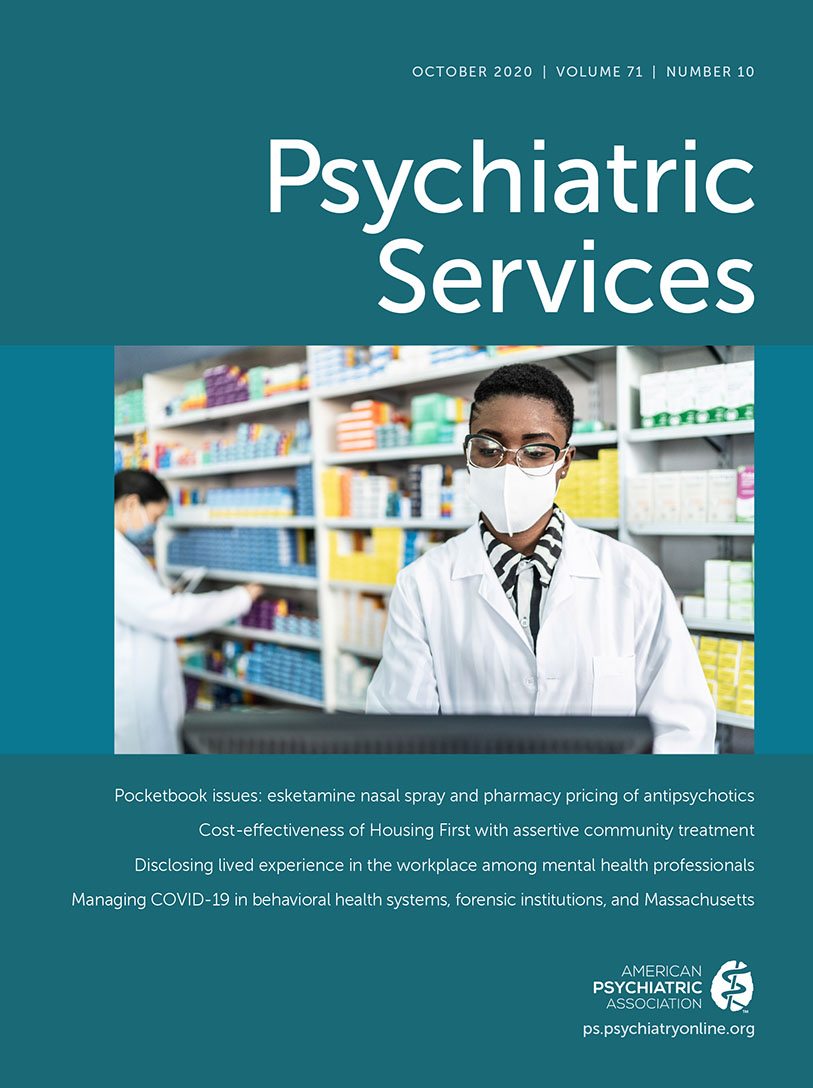Measures of Care Coordination at Inpatient Psychiatric Facilities and the Medicare 30-Day All-Cause Readmission Rate
Abstract
Objective:
Since late 2012, the Medicare Inpatient Psychiatric Facility Quality Reporting (IPFQR) program of the Centers for Medicare and Medicaid Services (CMS) has required inpatient psychiatric facilities to collect and publicly report a suite of quality measures. This study explored the association between facility-level 30-day risk-adjusted all-cause readmission (medical or psychiatric) after psychiatric hospitalization (READM-30-IPF) and care coordination process measures in the IPFQR program.
Methods:
The study used publicly reported IPFQR facility-level performance data of the Hospital Compare Web site for 1,343 inpatient psychiatric facilities, reflecting performance from July 2015 to June 2017. The authors used a cross-sectional design and linear regression models controlling for hospital and community characteristics and using state as fixed effect.
Results:
The mean±SD facility-level READM-30-IPF was 20%±3%, with substantial variation by facility type, ownership status, rurality, and percentage of racial-ethnic minority residents in the county. Regression results showed that facilities with performance in the top tercile on the measure of 7-day mental health follow-up after discharge had readmission rates significantly lower than facilities in the bottom tercile (coefficient=−0.58, p<0.01), although the magnitude of this difference was small. READM-30-IPF, however, did not vary by facilities’ performance on measures of discharge plan creation and transmission.
Conclusions:
Results suggest that facilities have substantial opportunities to reduce readmissions after psychiatric hospitalization. The association between hospital performance on care coordination process measures and the all-cause readmission measure currently included in the IPFQR program was minimal. The CMS should evaluate whether the IPFQR measures adequately capture compliance with evidence-based processes and desired outcomes.



